
Supercharge your lead generation with a FREE Google Ads audit - no strings attached! See how you can generate more and higher quality leads
Get My Free Google Ads AuditFree consultation

No commitment
Supercharge your lead generation with a FREE Google Ads audit - no strings attached! See how you can generate more and higher quality leads
Get My Free Google Ads AuditFree consultation

No commitment
In today's multifaceted marketing landscape, integrating offline and online channels is crucial for effective B2B marketing, particularly within the food manufacturing sector. Google Ads serves as a strategic middle-funnel tool that connects broader brand awareness efforts to actual sales conversion. For food manufacturing businesses, leveraging Google Ads presents a remarkable opportunity to address unique industry challenges while reaching decision-makers at the exact moment they require your products or services. Advanced tools can help by intercepting high-intent prospects—whether they're responding to direct mail or researching trade show encounters—Google Ads bridges online and offline marketing to drive measurable ROI and enhance campaign precision.
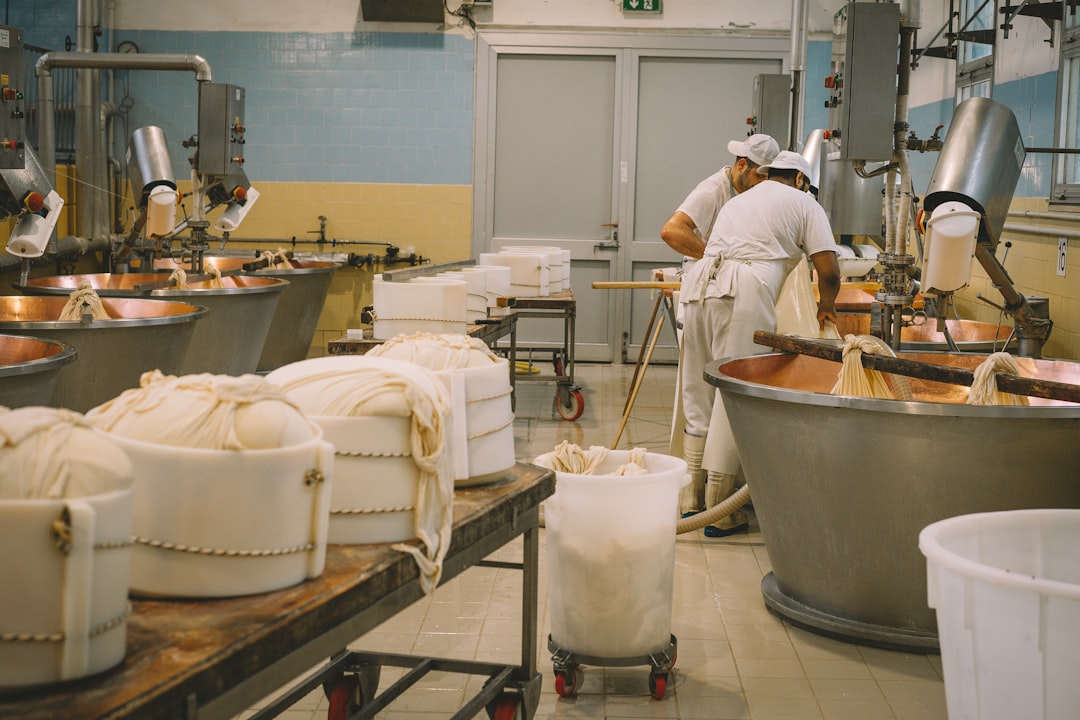
Food manufacturing businesses operate in a high-stakes, fast-moving environment where every quality lead can drive significant revenue and market share. Modern digital marketing strategies, particularly Google Ads, enable manufacturers to reach procurement professionals, supply chain managers, and business buyers at the exact moment they are searching for new partners, solutions, or ingredients. Explore more industry-focused strategies in this food processing manufacturing case study, which highlights the impact of targeted digital campaigns for B2B manufacturers.
A data-driven approach unifies paid search with broader marketing goals, ensuring every dollar is allocated to audiences most likely to convert. Granular insights into buyer behavior and in-market activity allow for dynamic budget allocation, prioritizing high-intent prospects who demonstrate real purchasing signals. By layering Google Ads with advanced intent signals and audience data, food manufacturers can capture leads before competitors, minimizing lag time and maximizing pipeline velocity.
Built for B2B marketers and food manufacturing executives, this guide empowers lead generation efficiency while enhancing overall marketing effectiveness. By addressing issues such as late lead capture and competitive outreach, these strategies help teams secure more high-value deals and develop a reputation as a trusted partner in the food supply chain. Interested in elevating your food manufacturing lead generation? Get started for free with Sona.
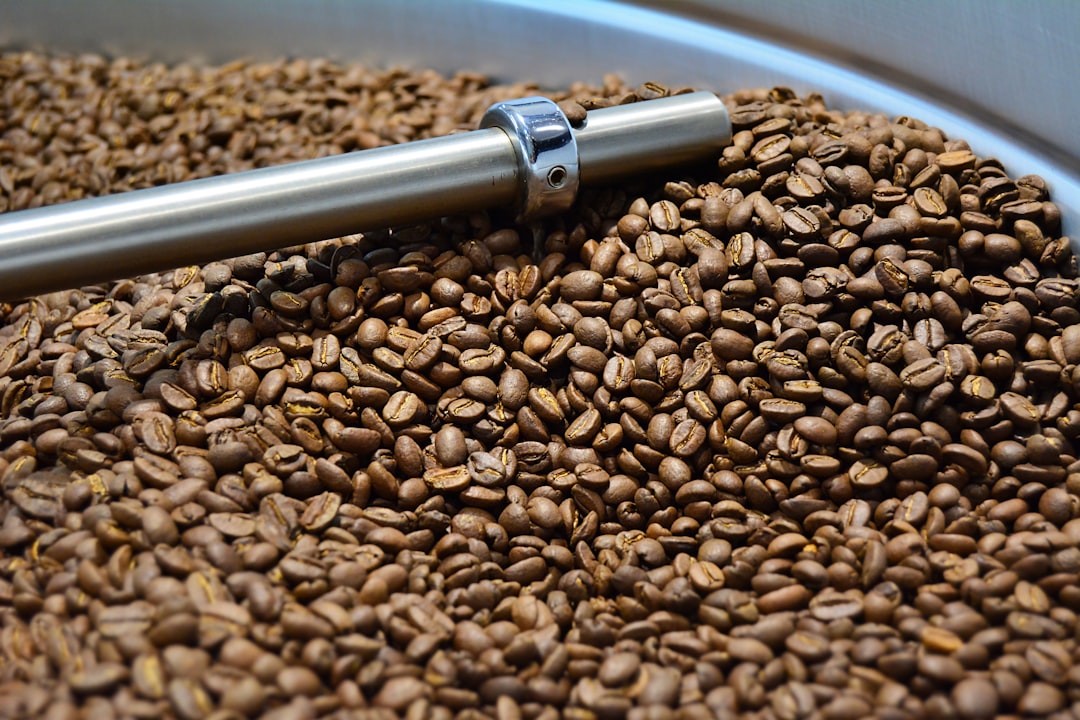
Digital marketing for food manufacturers increasingly depends on precision and speed. Google Ads enables food manufacturing businesses to reach the right decision-makers at critical stages, ensuring every marketing dollar advances revenue goals. Sophisticated targeting and real-time analytics have transformed advertising from broad messaging into a channel for high-value lead generation, especially for companies seeking to compete in a crowded, regulation-heavy space.
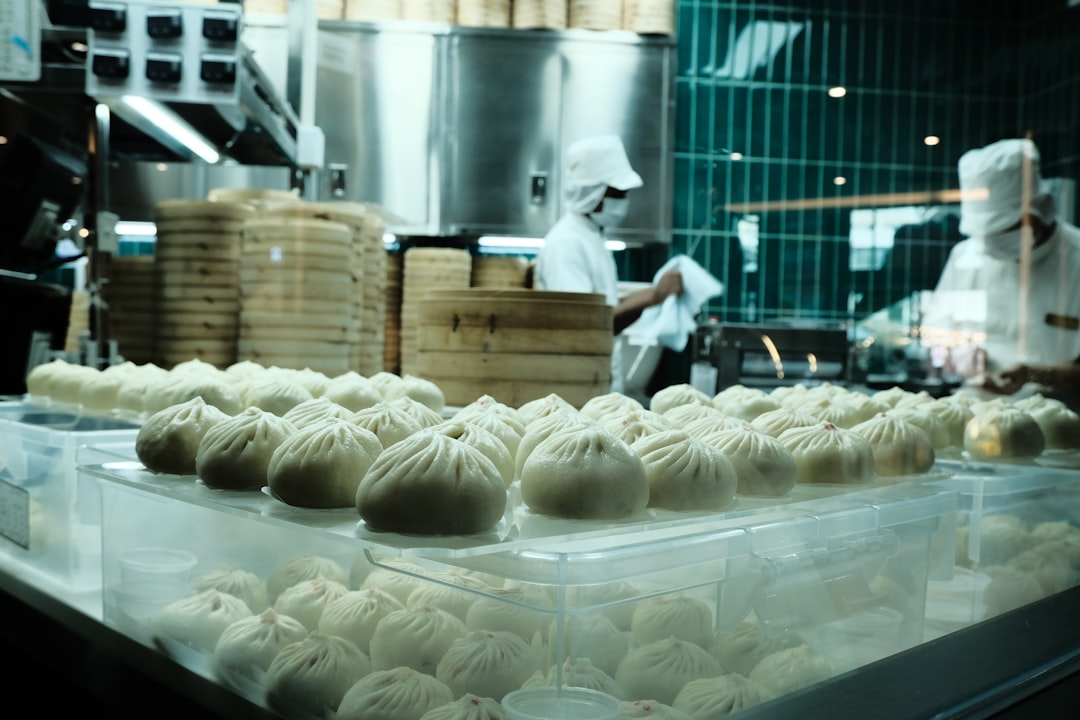
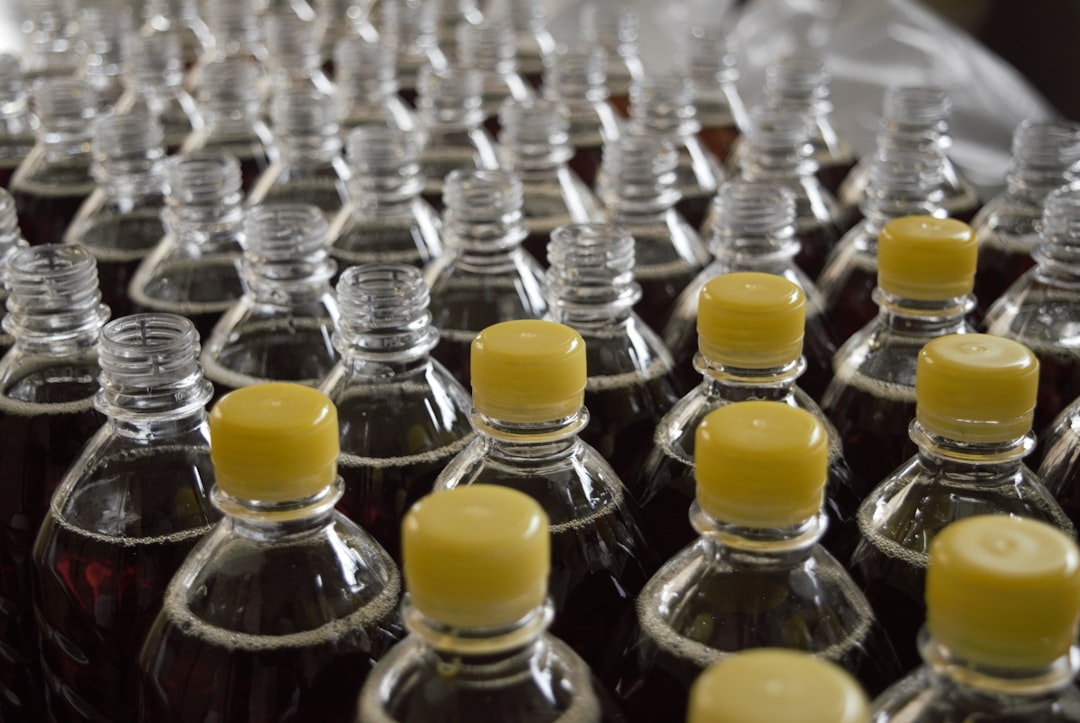
Food manufacturing businesses that rely solely on organic traffic or familiar marketing channels often overlook critical growth opportunities. Google Ads for Food Manufacturing Businesses provides a scalable path to capture new demand, reach untapped buyer segments, and create meaningful engagement across the entire buying journey. Marketers can amplify results by using real-time audience intelligence to refine targeting and personalize outreach at every stage.
Ready to accelerate your pipeline? Get started for free with Sona.
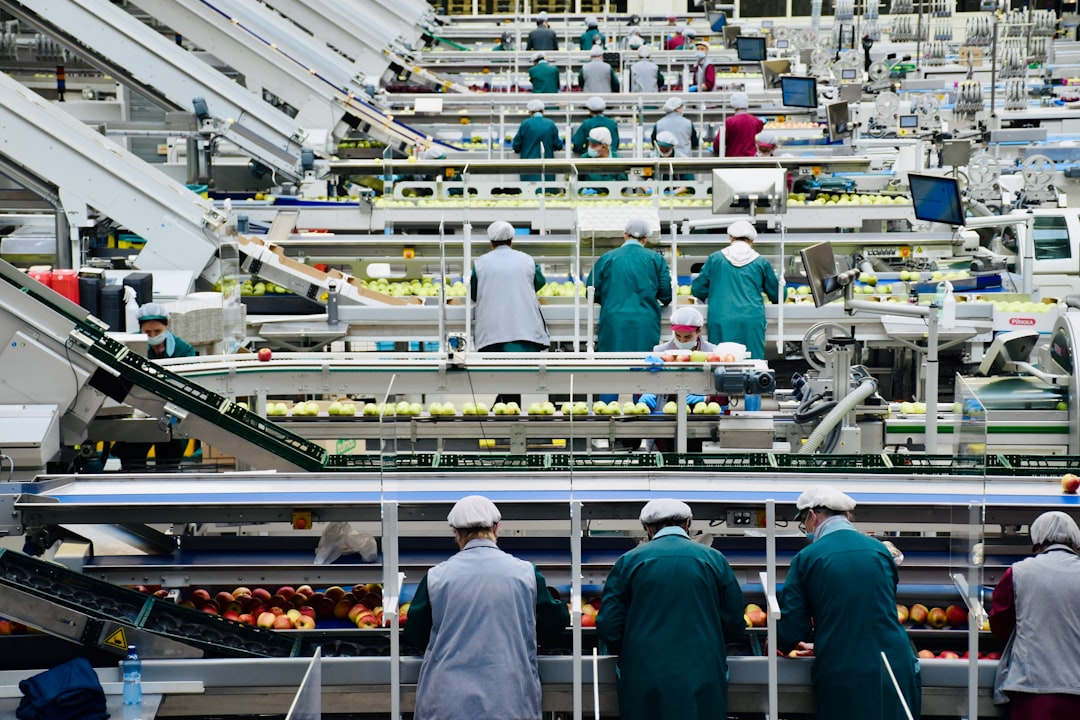
Audience segmentation is the foundation for executing precise Google Ads strategies for food manufacturing businesses. Strategic segmentation enables marketers to structure campaigns around the distinct needs of diverse facilities, from meat processing plants to dairy producers. By categorizing audiences according to facility type, advertisers gain the clarity needed to customize messaging, set relevant budgets, and maximize the impact of every impression and click. For a closer look at industry-specific campaign outcomes, see this marketing case study in food processing and manufacturing.
Integrating intent overlays elevates segmentation by surfacing actionable signals such as planned production upgrades, plant expansions, or upcoming equipment investments. These data points allow marketers to detect when buyers are actively researching solutions, ensuring budgets focus on accounts most likely to convert. Using Sona Identification, food manufacturers can now identify website visitors at the company level, eliminating reliance on anonymous traffic and enabling outreach tailored to the specific organizations showing interest.
Ad group customization further refines engagement, with creative assets and landing pages mapped to the unique requirements of each segment. For example, ad copy for a dairy facility will highlight compliance and cold-chain logistics, while content for a meat processor will emphasize yield optimization or traceability. Budget allocation follows suit, prioritizing high-value segments and dynamically updating as audiences progress through the funnel. These dynamic audiences continuously refresh, reflecting the latest buyer behaviors and intent signals, so that retargeting and nurture workflows always align with the most current opportunities.
Path validation is essential for food manufacturing lead generation and accurate Google Ads ROI measurement. Marketers must confirm that key events—like quote requests, phone calls, or specification downloads—are tracked and attributed to the correct source. Integration between Google Ads, CRM, and offline sales touchpoints ensures every inquiry is captured, enabling revenue teams to measure the true impact of their campaigns on pipeline and closed deals. For practical guidance on achieving end-to-end attribution across platforms, explore our step-by-step integration instructions.
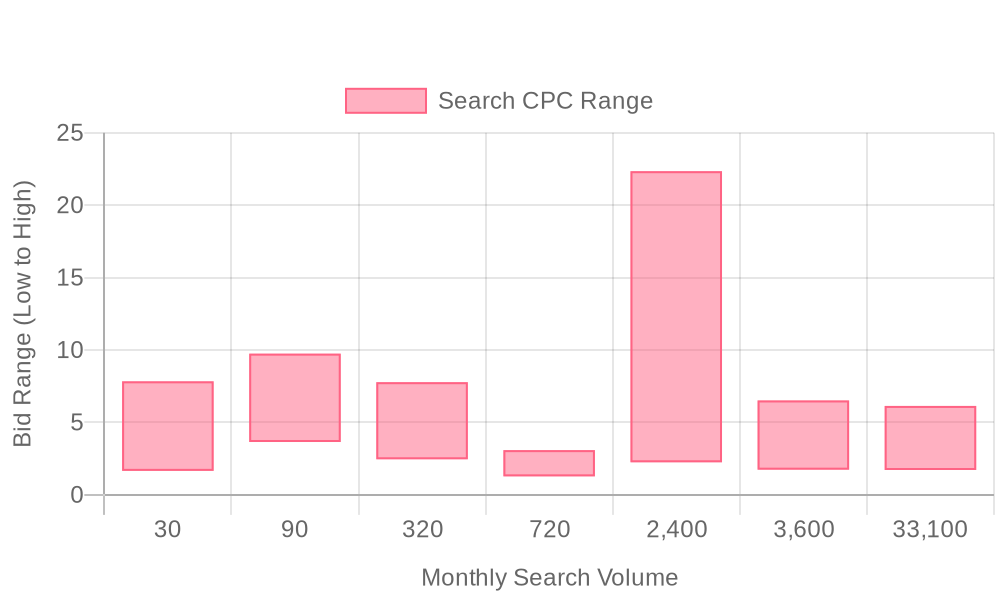
| Industry | Keyword | Monthly Search Volume | Competition Level | Low Bid | High Bid |
| Food Manufacturing Businesses | food manufacturing businesses | 30 | LOW | 1.66 | 7.84 |
| Food Manufacturing Businesses | food manufacturing companies list | 90 | LOW | 3.65 | 9.75 |
| Food Manufacturing Businesses | private label food manufacturers | 320 | LOW | 2.46 | 7.78 |
| Food Manufacturing Businesses | food processing companies near me | 720 | LOW | 1.28 | 3.09 |
| Food Manufacturing Businesses | frozen food manufacturers | 2400 | LOW | 2.25 | 22.35 |
| Food Manufacturing Businesses | food manufacturing companies | 3600 | LOW | 1.74 | 6.52 |
| Food Manufacturing Businesses | food manufacturers | 33100 | LOW | 1.72 | 6.14 |
For food manufacturing businesses aiming to maximize Google Ads ROI, a refined keyword strategy is essential to ensure visibility to the right buyers at every stage of the decision cycle. The key lies in defining a spectrum of keywords that cover both highly competitive, high-volume search terms and specialized, lower-competition phrases that reveal precise intent. By targeting broader commercial queries and niche solution-based terms, marketers capture both mainstream demand and emerging market interests, ultimately filling the funnel with qualified leads. For additional guidance, explore this playbook for food product PPC strategies.
Top-performing campaigns prioritize keywords in the top-right quadrant: those that combine high monthly search volume with significant competition. These include generic yet high-intent terms such as “food manufacturing solutions,” “bulk food ingredient supplier,” or “commercial food processing equipment.” While these terms drive substantial traffic, they also attract a wide range of intent, making Sona Identification critical. By leveraging visitor identification tools, marketers can discern which clicks originate from procurement teams or plant managers, then shift budget to those accounts exhibiting in-market buying signals.
To balance reach with efficiency, savvy advertisers supplement core keywords with targeted, low-competition phrases that reflect emerging trends and regulatory needs. Examples like “sustainable packaging sourcing,” “food safety compliance solutions,” or “allergen-free ingredient co-manufacturing” are not only less saturated but also deliver higher conversion rates due to their specificity. These terms attract buyers with immediate intent and unique compliance or sustainability needs, making them ideal for Sona Audiences. As new leads engage, dynamic audience features update Google Ads targeting to focus on those progressing in the funnel, ensuring ongoing alignment with the most promising accounts.
Incorporating negative keywords is equally vital to protect budgets from irrelevant clicks. Excluding terms such as “jobs,” “DIY,” and “free recipes” filters out non-commercial traffic, keeping campaigns focused on buyers with genuine procurement authority. Marketers who sync CRM with ad platforms can further enrich audience lists with high-value leads, deploying tailored messaging that addresses the exact needs surfaced during keyword research. This unified approach to keyword strategy provides full-funnel coverage, supports both B2B and B2C sales goals, and establishes a foundation for ongoing optimization as buyer behavior and regulatory environments evolve.
Food manufacturing companies can unlock substantial growth by adopting a disciplined, data-driven approach to Google Ads. Executed correctly, digital campaigns efficiently connect manufacturers with high-intent business buyers and streamline the lead generation process at scale. With the right framework, even complex B2B food industry sales cycles benefit from measurable, predictable improvements in cost per lead and quality of inbound opportunities. Explore case study results for Google Ads in the fast food industry for inspiration on what’s possible, or review Sona’s blog for additional strategies.
A cohesive Google Ads strategy for food manufacturing businesses requires granular targeting, compelling creative, and continuous optimization. Each step—keyword selection, ad creation, landing page design, and performance refinement—contributes to a unified pipeline that moves from anonymous web visitors to qualified prospects. Integrating advanced data and automation throughout this process elevates outcomes and enables teams to focus on high-value activities. To see how real-time insights can support this system, discover Sona’s identification tool.
Keyword strategy is a cornerstone of Google Ads success for food manufacturers. Begin by organizing keywords into tightly focused clusters based on your product or service categories, such as packaging equipment, ingredients, or co-packing services. For each cluster, research commercial-intent terms that signal buyers are ready to engage, like “bulk organic ingredient supplier” or “FDA-compliant food packaging.” For a deep dive, see the playbook for food product company PPC Google Ads strategy.
Localization is essential for capturing regional B2B demand. Incorporate geographic modifiers and “near me” phrases to attract local processors, distributors, or restaurant groups searching for partners within their supply chain. Complement primary keywords with long-tail and question-based queries, which tend to signal higher intent and often cost less per click. Align your paid search terms with a comprehensive content strategy to reinforce authority and relevance across all digital channels.
Dynamic keyword management is further strengthened by leveraging real-time audience identification and intent data. As new search trends emerge or prospects display in-market behaviors, audience and keyword lists can be updated automatically. This ensures campaign spend shifts toward the highest-converting accounts and that your ad presence adapts as target buyers move through the funnel.
Effective ad creative for food manufacturing PPC campaigns must address the nuanced pain points and priorities of procurement teams, R&D managers, and executive decision-makers. Highlight your unique value propositions—such as regulatory compliance, supply chain reliability, or custom formulation capabilities—directly in headlines and descriptions. Trust elements are key in this sector; incorporate certifications, safety standards, or client testimonials to alleviate concerns and demonstrate credibility. For more insight, review KFC’s digital advertising strategy and its sales impact.
Offering value-driven incentives, like complimentary consultations or instant quote tools, can increase click-through and conversion rates by addressing the immediacy of buyer needs. All ad messaging should maintain consistency with your website and other digital touchpoints, reinforcing brand trust and supporting the buyer’s journey. Leverage dynamic audience segmentation to further refine and personalize your creative.
To further enhance ad impact, advanced audience insights and real-time behavioral data allow marketers to personalize creative dynamically. When a returning prospect shows renewed interest or views specific product lines, ad copy and offers can be adapted to reflect their stage in the buying process. This approach not only increases engagement but also reduces wasted spend by serving the right message to the right stakeholders.
A successful food manufacturing online marketing campaign depends on the seamless alignment between ad targeting and landing page experience. Each landing page should directly reflect the promise or offer made in its corresponding ad group, minimizing friction and confusion for the prospect. For example, a campaign targeting “plant-based ingredient sourcing” should direct visitors to a page focused exclusively on those solutions, with clear technical specs and compliance documentation. For design inspiration, review these digital marketing solutions for food and beverage manufacturing.
Design for mobile responsiveness and fast load times to accommodate on-the-go procurement teams and distributed decision-makers. Include interactive ROI calculators or cost-benefit analysis tools that help buyers understand the tangible value of your products. Prominently display call-to-action buttons, such as “Request Spec Sheet” or “Book a Consultation,” to guide users toward high-intent conversions.
Integrating landing pages with CRM and marketing automation systems allows for real-time data flow and segmentation. As new leads submit forms or engage with content, enriched profiles can be synced automatically with sales and marketing teams. This enables immediate, personalized follow-up and allows campaign optimizations to reflect true downstream value, not just surface-level web conversions.
Continuous optimization is critical to maximizing Google Ads ROI for food industry firms. Begin by tracking both micro conversions (downloads, webinar registrations) and macro conversions (qualified leads, demo requests) to gain a complete view of campaign performance. Set up automated bidding strategies, such as Max Conversions or Target CPA, to allocate budget dynamically and improve efficiency as more data becomes available. Access benchmark ROAS for food and beverage Google Ads to set realistic performance goals.
Implement A/B testing across creative elements, landing page layouts, and call-to-action language to identify the highest-performing combinations. Regularly update negative keyword lists and adjust audience parameters to reduce wasted spend and focus on the most promising segments. Import offline conversions—such as sales calls or in-person meetings—into your analytics to connect digital activity with closed revenue and refine targeting for future campaigns. For step-by-step guidance, see how to import ad platform cost data into Google Analytics.
Advanced attribution models, powered by unified data, allow marketers to see how each touchpoint contributes to pipeline growth and deal velocity. By syncing CRM and ad platforms, food manufacturers gain granular visibility into which segments, keywords, and creative variations deliver the highest ROI. This holistic approach ensures marketing dollars are invested where they have the greatest measurable impact on business growth. If you’re ready to transform your campaigns, get started for free with Sona.
Digital-first strategies are essential for food manufacturing businesses aiming to expand their reach and solidify market positioning. With Google Ads, food manufacturers can directly engage both procurement professionals and influential end-users, ensuring visibility where purchasing decisions begin and end. For a comprehensive look at successful campaigns, explore this case study on Google Ads results in the fast food industry to see how targeted PPC can drive measurable growth.
Promoting educational content through retargeting is a foundational tactic for food manufacturers looking to become trusted advisors. By serving tailored ads that highlight technical guides, compliance updates, or sustainable sourcing practices to users who have previously engaged with your website, you keep your brand at the forefront throughout the research and buying cycle. When these retargeting efforts are paired with platforms that reveal which companies and people are visiting your website, food brands can move beyond broad impressions to prioritize high-potential accounts and personalize follow-ups. This level of precision ensures your content investments work harder, boosting both recall and conversion rates.
Upsell opportunities within the food manufacturing sector often go unrealized due to fragmented customer intent signals. By connecting CRM data with Google Ads, marketers can identify existing clients ready for complementary services, such as packaging innovation or ingredient sourcing, and deliver cross-sell messaging at exactly the right moment. Dynamic audience updates, triggered by real-time changes in account status or engagement, further refine this process. This approach eliminates guesswork, enabling teams to maximize account value while reducing wasted impressions on disinterested contacts.
Building meaningful industry partnerships multiplies reach for food manufacturing brands. Collaborating with trade associations or industry groups unlocks co-branded campaigns that benefit from shared authority and expanded audience pools. Paid advertising aligned with these partners can be geotargeted for events or regional initiatives, using state or metro segmentation to elevate brand share in strategic markets. Integrating real-time search data reveals trending topics and unmet informational needs in those regions, allowing food manufacturers to rapidly deploy content or offers that fill competitive gaps before rivals react.
Advanced Google Ads strategies for food manufacturing businesses depend on constant analysis of search data to shape relevant content and campaign themes. By mining search queries, marketers uncover emerging pain points—such as new compliance standards or shifts in ingredient demand—and build campaigns that address these issues directly. When search insights are combined with unified intent data from multiple touchpoints, digital marketing for food manufacturers becomes more agile, ensuring they stay ahead of both market trends and evolving buyer expectations.
Mastering Google Ads in the food manufacturing industry means more than adopting standard PPC tactics. It hinges on aligning keyword targeting and segmentation with nuanced buyer needs, deploying creatives that anticipate regulatory and technical concerns, and maintaining accurate conversion tracking from online inquiries to offline deals. Platforms that unify data across CRM, ad channels, and website behavior empower food manufacturers to attribute revenue accurately and optimize spend in real time. As the food sector grows increasingly complex, agile marketers who adapt their Google Ads approach are best positioned to capture long-term growth and profitability. Ready to see results? Get started for free with Sona.
Effectively utilizing Google Ads in the food manufacturing sector can significantly enhance your business's visibility and drive meaningful sales growth. As we have explored, navigating the complexities of Google Ads requires a strategic approach that aligns with your specific industry needs and customer expectations.
Throughout this discussion, we delved into the unique challenges faced by food manufacturers, such as targeting the right audience and crafting compelling ad content. We highlighted the importance of leveraging data-driven insights to refine your advertising strategy, ensuring your ads reach the most relevant prospects and convert them into loyal customers.
By embracing these strategies, you open the door to transformative possibilities—elevating your brand's presence in a competitive market and unlocking the potential for increased revenue. With the right tools and insights, you can turn these challenges into opportunities, positioning your business for sustained success.
To harness these opportunities and streamline your marketing efforts, start for free to experience our platform's capabilities today. Together, let's drive your food manufacturing business to new heights.
Best practices include integrating offline and online marketing channels, using a data-driven approach to align paid search with marketing goals, and optimizing landing pages and creative assets for maximum conversion.
Food manufacturers can optimize their Google Ads campaigns by using advanced intent signals and audience data, applying data-driven strategies for keyword targeting, and continuously improving ROI through performance optimization tactics.
Food manufacturing businesses should target a mix of high-volume commercial keywords and specialized low-competition terms, such as 'bulk food ingredient supplier' and 'sustainable packaging sourcing,' ensuring relevance to buyer intent.
The average ROI for Google Ads in food manufacturing is maximized by aligning keyword strategy with buyer intent, using advanced audience segmentation, and integrating conversion tracking to measure the impact of campaigns on revenue.
To create effective Google Ads, focus on granular targeting, develop compelling ad creatives that address buyer pain points, design responsive landing pages, and execute data-driven optimizations for continuous improvement.
Join results-focused teams combining Sona Platform automation with advanced Google Ads strategies to scale lead generation

Connect your existing CRM

Free Account Enrichment

No setup fees
No commitment required

Free consultation

Get a custom Google Ads roadmap for your business
Join results-focused teams using Sona Platform automation to activate unified sales and marketing data, maximize ROI on marketing investments, and drive measurable growth

Connect your existing CRM

Free Account Enrichment

No setup fees
No commitment required

Free consultation

Get a custom Google Ads roadmap for your business
Over 500+ auto detailing businesses trust our platform to grow their revenue
Join results-focused teams using Sona Platform automation to activate unified sales and marketing data, maximize ROI on marketing investments, and drive measurable growth

Connect your existing CRM

Free Account Enrichment

No setup fees
No commitment required

Free consultation

Get a custom Google Ads roadmap for your business
Over 500+ auto detailing businesses trust our platform to grow their revenue
Join results-focused teams using Sona Platform automation to activate unified sales and marketing data, maximize ROI on marketing investments, and drive measurable growth

Connect your existing CRM

Free Account Enrichment

No setup fees
No commitment required

Free consultation

Get a custom Google Ads roadmap for your business
Over 500+ auto detailing businesses trust our platform to grow their revenue
Join results-focused teams using Sona Platform automation to activate unified sales and marketing data, maximize ROI on marketing investments, and drive measurable growth

Connect your existing CRM

Free Account Enrichment

No setup fees
No commitment required

Free consultation

Get a custom Google Ads roadmap for your business
Over 500+ auto detailing businesses trust our platform to grow their revenue
Our team of experts can implement your Google Ads campaigns, then show you how Sona helps you manage exceptional campaign performance and sales.
Schedule your FREE 15-minute strategy sessionOur team of experts can help improve your demand generation strategy, and can show you how advanced attribution and data activation can help you realize more opportunities and improve sales performance.
Schedule your FREE 30-minute strategy sessionOur team of experts can help improve your demand generation strategy, and can show you how advanced attribution and data activation can help you realize more opportunities and improve sales performance.
Schedule your FREE 30-minute strategy sessionOur team of experts can help improve your demand generation strategy, and can show you how advanced attribution and data activation can help you realize more opportunities and improve sales performance.
Schedule your FREE 30-minute strategy sessionOur team of experts can help improve your demand generation strategy, and can show you how advanced attribution and data activation can help you realize more opportunities and improve sales performance.
Schedule your FREE 30-minute strategy session





Launch campaigns that generate qualified leads in 30 days or less.
